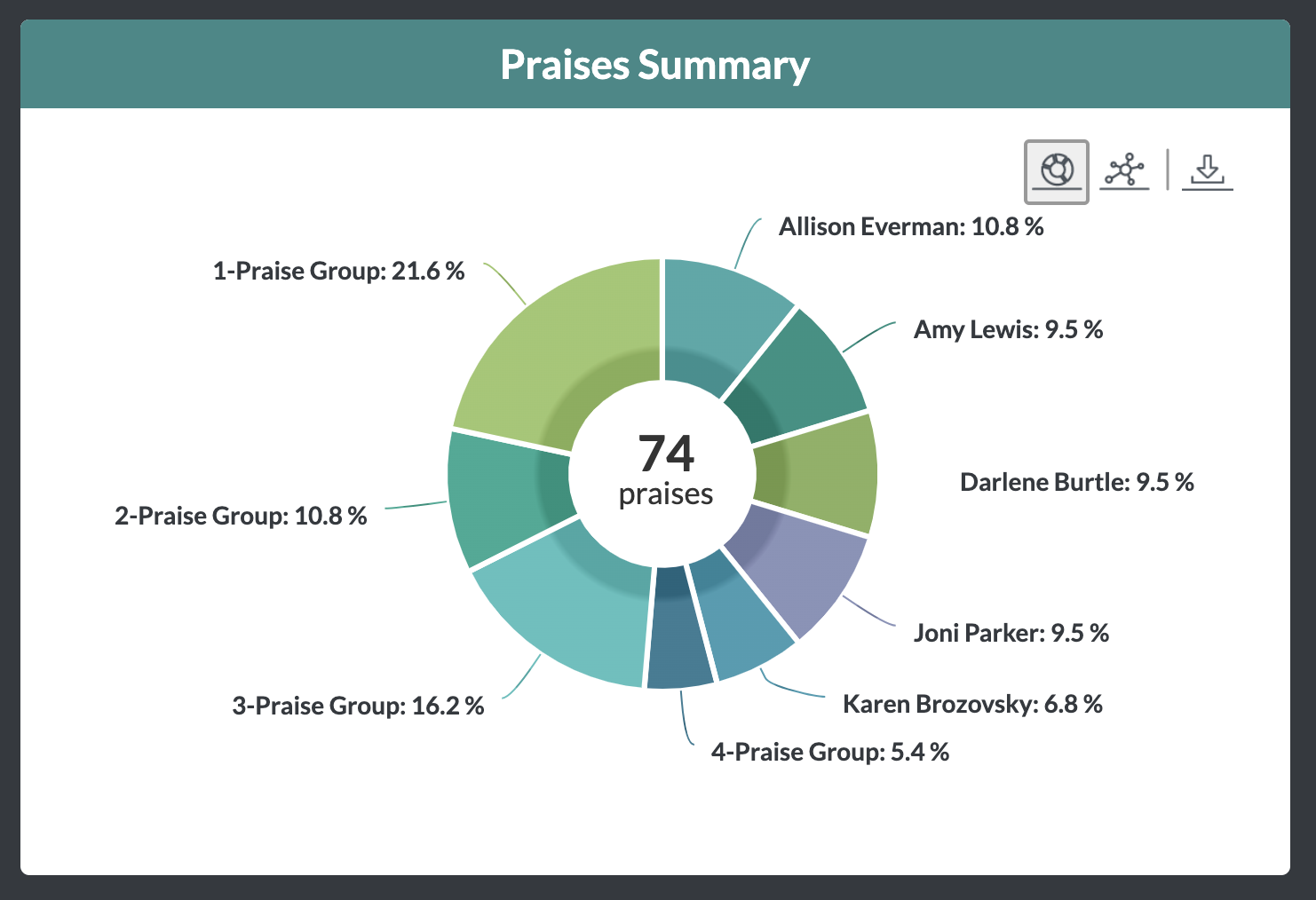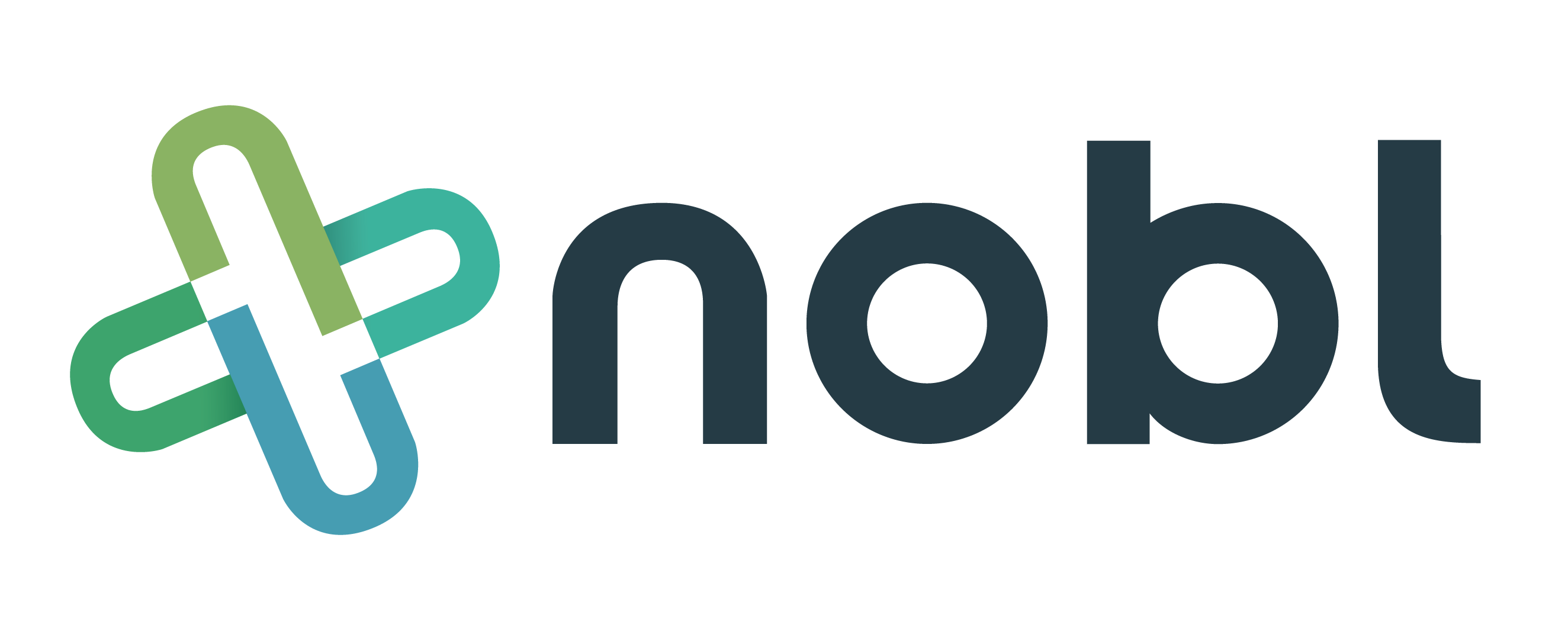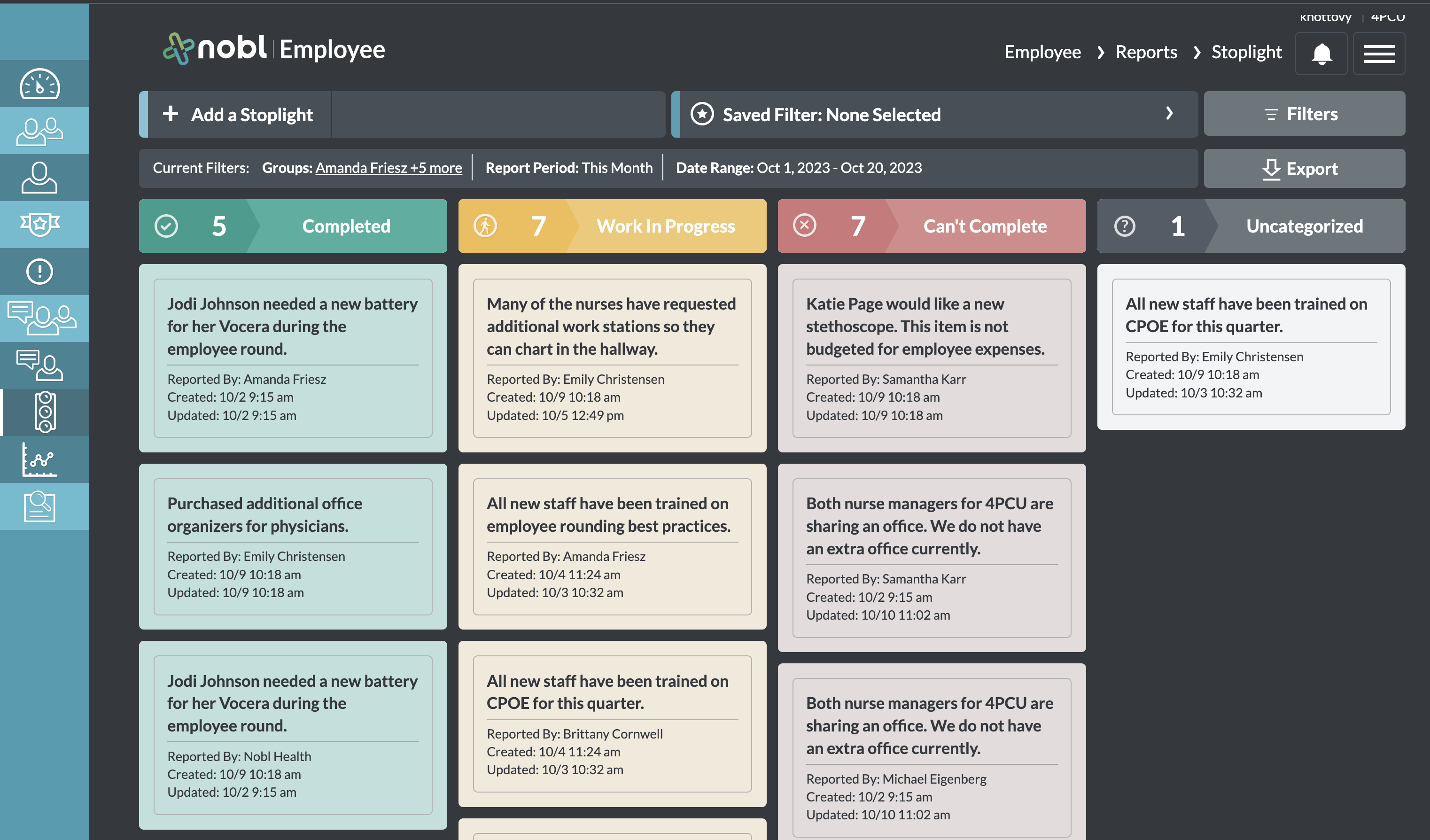
3 min read
10 Principles of Employee Rounding
Nobl Health Oct 20, 2023 12:16:00 AM
In the complex and demanding world of healthcare, ensuring high-quality patient care is of paramount importance. One often-overlooked but highly effective method for enhancing the quality of care in healthcare organizations is employee rounding. Employee rounding is a systematic approach that involves regular, structured interactions between leadership and staff members to build a culture of excellence. In this blog, we'll explore the principles of employee rounding in healthcare organizations and why it is an invaluable practice for improving patient outcomes and employee engagement.
1. Regular and Systematic Rounds
Employee rounding is not an ad-hoc activity; it's a structured and regular process. Leaders in healthcare organizations should develop a schedule for rounding that includes meeting with various staff members across different shifts, departments, and roles. Consistency is key, as it ensures that all employees are heard and engaged. Organizations will typically establish rounding frequencies based on how many direct reports a leader has under their span of control.
Here is an example reference table outlining best practices for rounding frequency based on the number of direct reports:
Number of Direct Reports |
Employee Rounding Frequency |
1-30 |
100% of staff each month |
31-60 |
100% of staff every two months |
61+ |
100% of staff each quarter |
2. Two-Way Communication
Rounding should be a two-way conversation. Leaders should actively listen to employees, ask open-ended questions, and encourage honest feedback. This open dialogue fosters trust and allows employees to voice their concerns, suggestions, and challenges.
3. Purposeful Questions
When conducting rounds, leaders should use purposeful questions to uncover insights and drive improvement. Questions should focus on patient care, safety, and the work environment. For example, "What barriers do you face in providing excellent patient care?" or "How can we improve our safety protocols?"
For more examples, download this Employee Rounding Question Best Practices handout.
4. Immediate Issue Resolution
One of the key principles of employee rounding is addressing issues promptly. When employees raise concerns or share suggestions, leaders should take immediate action whenever possible. This demonstrates that their input is valued and can lead to positive changes. Leaders can utilize a stoplight report to organize issue and action items from their rounds. The Nobl Rounding Platform automatically creates stoplight reports from the leaders' employee rounds.
Example stoplight report:
5. Data-Driven Decision Making
Employee rounding should be complemented by data collection and analysis. Leaders should track and trend the issues and concerns raised during rounds, allowing them to identify recurring themes and areas in need of improvement. This data-driven approach ensures that rounding leads to meaningful change.
6. Celebrating Success
Rounding isn't just about identifying problems; it's also an opportunity to recognize and celebrate successes. Leaders should acknowledge and appreciate the hard work and dedication of their staff, boosting morale and motivation. Using the Nobl Rounding Platform during rounds allows you to tag those staff members that are recognized and they will get an email with that recognition from a few simple clicks.

7. Training and Education
Healthcare organizations should provide training to leaders on effective rounding techniques and the importance of active listening. This ensures that rounding is conducted in a manner that encourages openness and trust. Here’s a summary of some of the key items Nobl trains leaders during our process training on employee rounding:
Be Personal and Positive
- Build the relationship on a personal yet professional level
- Positive communication inspires and builds an engaged workforce
Listen and ask for feedback
- Gives team members a voice
- Opportunity to identify process improvement themes
Capture wins and recognitions
-
Ask about peer-to-peer recognition but also recognize the employee for any accomplishments you have noticed or heard from others.
- Use the praise functionality to harvest recognition and send those off immediately.
Act on your word
-
Utilize the stoplight report and share this with staff
- Follow up after rounding and use the data
8. Accountability
Leaders should hold themselves accountable for the actions and improvements resulting from employee rounding. Follow-up is essential to ensure that issues are addressed and feedback is acted upon. Leaders also need to be accountable to performing the process consistently. Here are some of the top consideration when considering the logistics of employee rounding:
Time and Schedule:
To ensure that you effectively achieve your goal through rounding, it's essential to establish a regular routine. Consider scheduling rounding sessions on a daily basis, or at the very least, weekly. This commitment should be reflected in your calendar, and when necessary, extend calendar invites to the involved employees. Given that you may need to engage with staff members across various shifts, take into account the different time slots you'll need to allocate for rounding. Be mindful of your department's workflow and determine when is the most opportune moment for employees to connect with their manager.
Location:
Deliberate on the locations where you'll conduct your rounding sessions and assess the necessary equipment or tools. In healthcare settings like nursing units, finding a private space for conversations can be challenging. Consider utilizing spaces such as breakrooms, your office, meeting rooms, or quieter sections within the nurses' station. For mobile rounding, ensure you have the appropriate device on hand to facilitate seamless interactions.
9. Integration with Quality Improvement
Employee rounding should be integrated into the broader quality improvement efforts of the organization. It should complement initiatives such as Lean, Six Sigma, or patient safety programs to create a comprehensive approach to enhancing patient care.
10. Cultural Transformation
Over time, employee rounding can lead to a cultural transformation within the healthcare organization. It shifts the focus towards continuous improvement, patient-centered care, and a commitment to excellence.
In conclusion, employee rounding is a powerful tool for improving patient care and employee engagement in healthcare organizations. By following these principles and integrating rounding into the organizational culture, healthcare leaders can create an environment that prioritizes quality, safety, and the well-being of both patients and staff. It's a practice that not only benefits the organization but ultimately contributes to better healthcare outcomes for all.
Written by:
Katie Haifley, CPXP
Nobl Co-founder, COO/CMO
New Free eBook
Best Practices for Sharing and Reviewing Data from the Nobl Rounding Platform
Beryl Institute Case study
Improved First Impressions at Your Front Door - Patient Ambassador Rounders Enhance the Patient Experience of a Busy Emergency Department
Recent Posts

Five Key Factors to Consider in Pediatric Leadership Rounding


